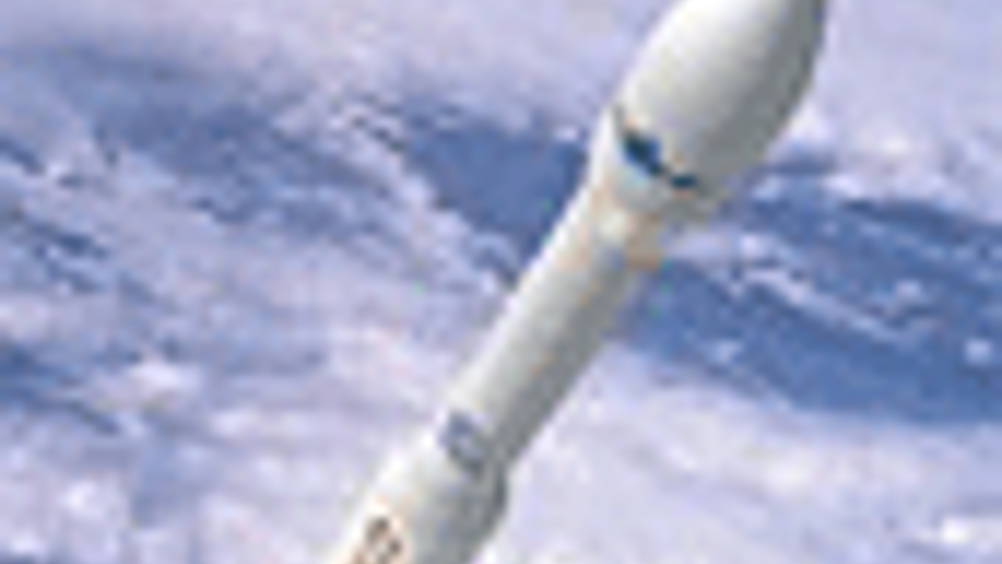ESA tests P80
A prototype of the P80 rocket motor, which will power the European Space Agency’s small launcher Vega, has been tested at the Guiana Space Centre

A prototype of the P80 rocket motor, which will power the
(ESA) small launcher Vega, has been tested at the
.
The motor delivered a mean thrust of about 190 tonnes for a nominal duration of 111 seconds, roughly a third of the thrust delivered by each of Ariane 5’s -the ESA’s heavy launch vehicle- solid booster stages.
More than 600 parameters were recorded during the firing test to monitor the performance of the motor. Initial analysis confirms that the measurements are fully in line with predictions.
Once the data recorded during the test have been analysed and the engine has undergone post-test inspection, this firing is expected to complete qualification of the P80 in readiness for Vega's maiden flight, scheduled to take place by the end of 2008.
‘The qualification of the P80 motor is a cornerstone,’ said Stefano Bianchi. ‘It is the biggest mono-segment, filament-wound-case solid-fuel rocket motor ever developed and this takes us a step closer to the Vega maiden flight. We can proceed - as from today - with increased confidence.’
Register now to continue reading
Thanks for visiting The Engineer. You’ve now reached your monthly limit of news stories. Register for free to unlock unlimited access to all of our news coverage, as well as premium content including opinion, in-depth features and special reports.
Benefits of registering
-
In-depth insights and coverage of key emerging trends
-
Unrestricted access to special reports throughout the year
-
Daily technology news delivered straight to your inbox










Fusion inches closer as ITER completes magnet system
I believe the purpose of ITER isn't to make usable power, it is a research project which will be used to design the first generation of actual...